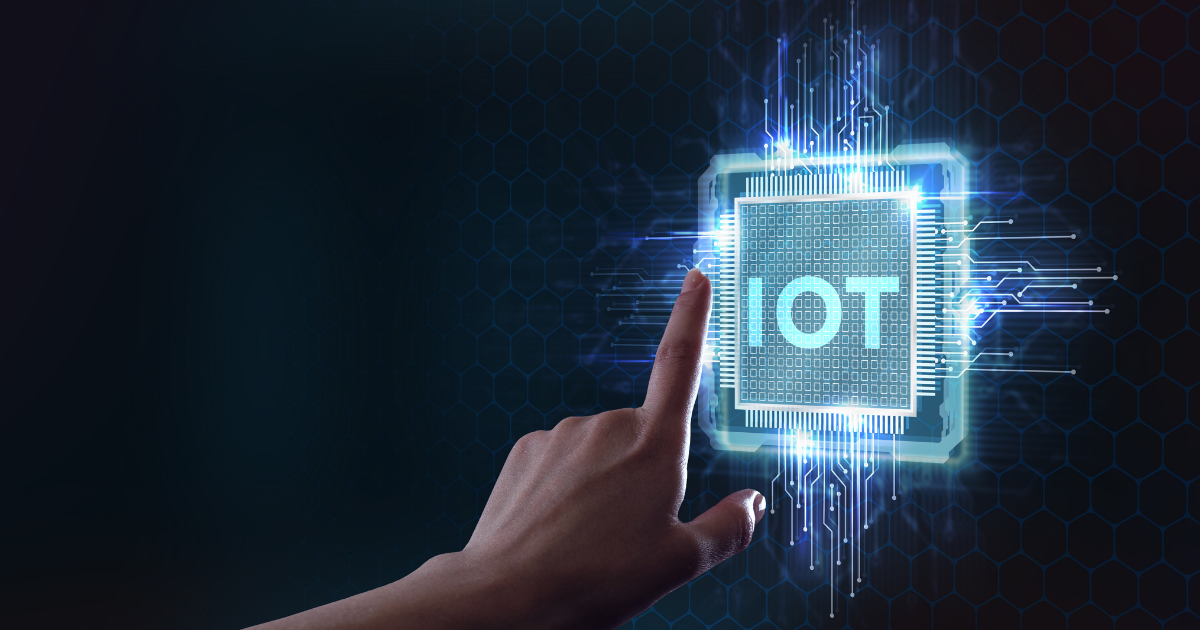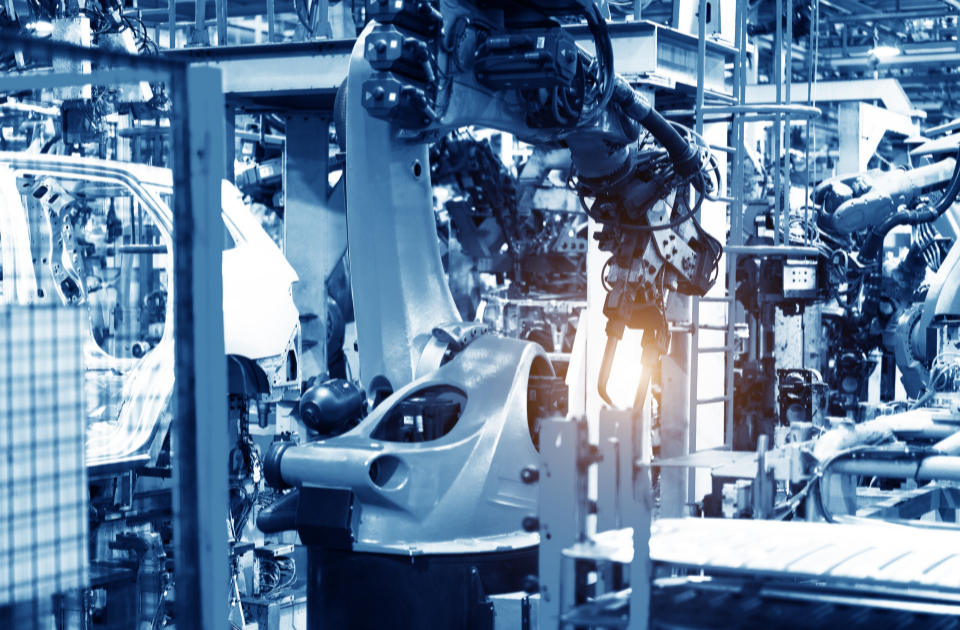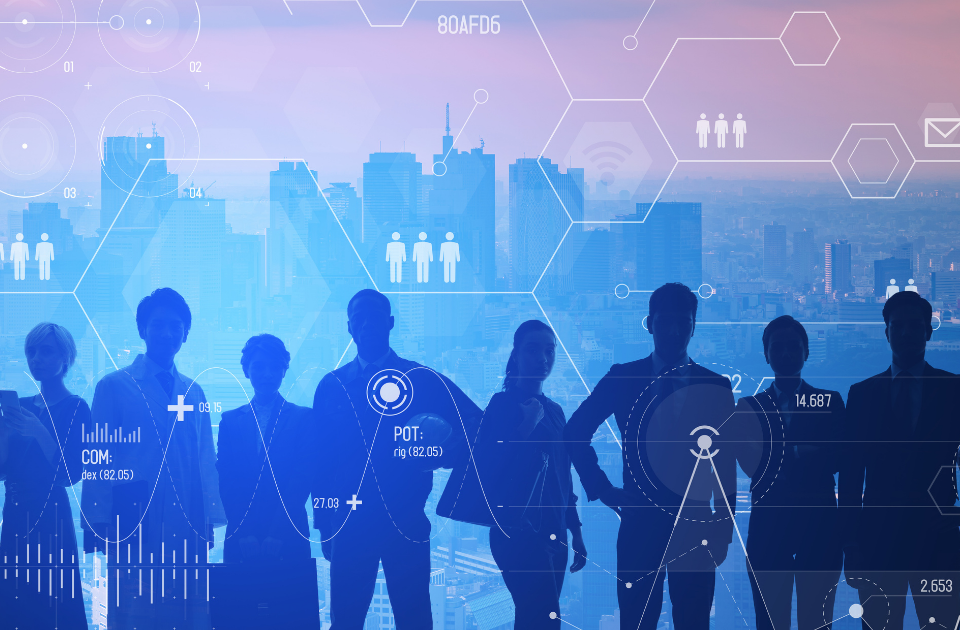Do you think concepts such as artificial intelligence, machine learning or Industry 4.0 are only valid for computers? It came to mind that concepts such as data exchange, analysis and decision making could be valid for other generations. Therefore, the concept of IoT, the Internet of Things, emerged.
IoT is the internet of things. Thanks to this concept that has entered our lives, many devices and systems have become controllable, and their efficiency can be examined thanks to the developed tools. It plays a key role in the realization of the industry 4.0 revolution.
What Is the IoT?
The notion of IoT, or Internet of Things, allows for the monitoring and assessment of as many objects and systems as possible, due to the development of electronic instruments. This is not just an industrial idea like “Industry 4.0,” but also a notion that encompasses technology that can be accessible, or at the very least managed, by the end user, who is assumed to have less technical understanding. So much so that, with a few minor configuration modifications, the gadgets that conduct the actions you do while running a factory remotely may easily control your house remotely.
Thus, even for a user with no technical understanding, the IoT can be the user’s sense, hands and even surrogate at the appliance’s location. That is, it can give the user the capacity to remote control, view data, and statuses; and, if necessary, it can make choices on its own to deliver the productivity conditions that the customer expects, rather than keeping the user occupied with them. Immature investigation initiatives of this technology, such as smart home devices, can be included in this context. Since it provides the user control, because the system is not intelligent, it cannot make decisions on its own.
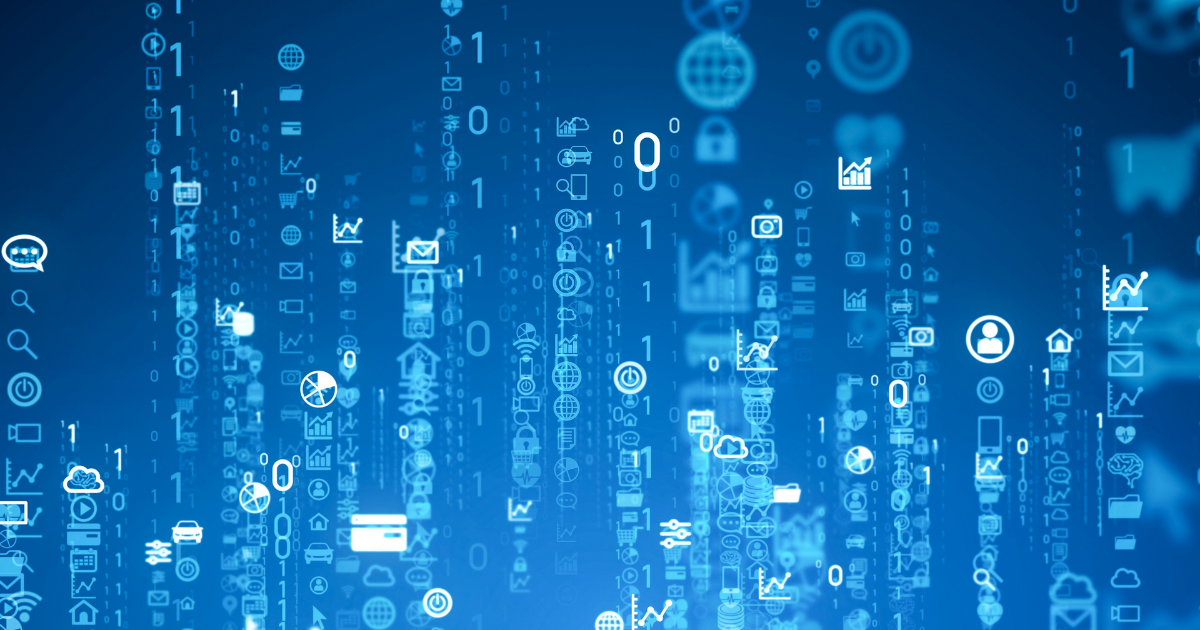
What are IoT Solutions
What are IoT Solutions?
With the advent of microelectromechanical systems (MEMS), microservices, and wireless technologies, IoT solutions have advanced further. Thanks to this collaboration, the barriers of information technology (IT) and operational technology (OT) were easily removed. It also allows the analysis of unstructured machine-generated data and the identification of advancement opportunities.
The Internet of Things is also a natural extension of data acquisition and surveillance control (SCADA). In addition, it is a type of process control software application application that collects real-time data from remote locations to regulate equipment and conditions. When we look at SCADA systems, there are also hardware and software components. The hardware collects data and sends it to a computer running SCADA software, where it is analyzed and displayed in real time.
The notion of the IoT ecosystem, on the other hand, wasn’t thoroughly explored until mid-2010, when the Chinese government announced that IoT would be a top imperative in its five-year plan.
How IoT Solutions Work
Appliance with built-in sensors is the foundation of IoT solutions. These devices communicate with IoT platforms, which collect data from all linked devices and store it. The significant information is then used to carry out duties that suit the needs of the people.
The mere fact that data is stored on IoT systems does not imply that it is all useful. Only certain information relating to performing an activity is carefully selected by devices. Rrecommendations, problems and patterns can be detected using this data before they arise. In this approach, the Internet of Things application collaborates with smart system that automate processes to suit specific requirements.
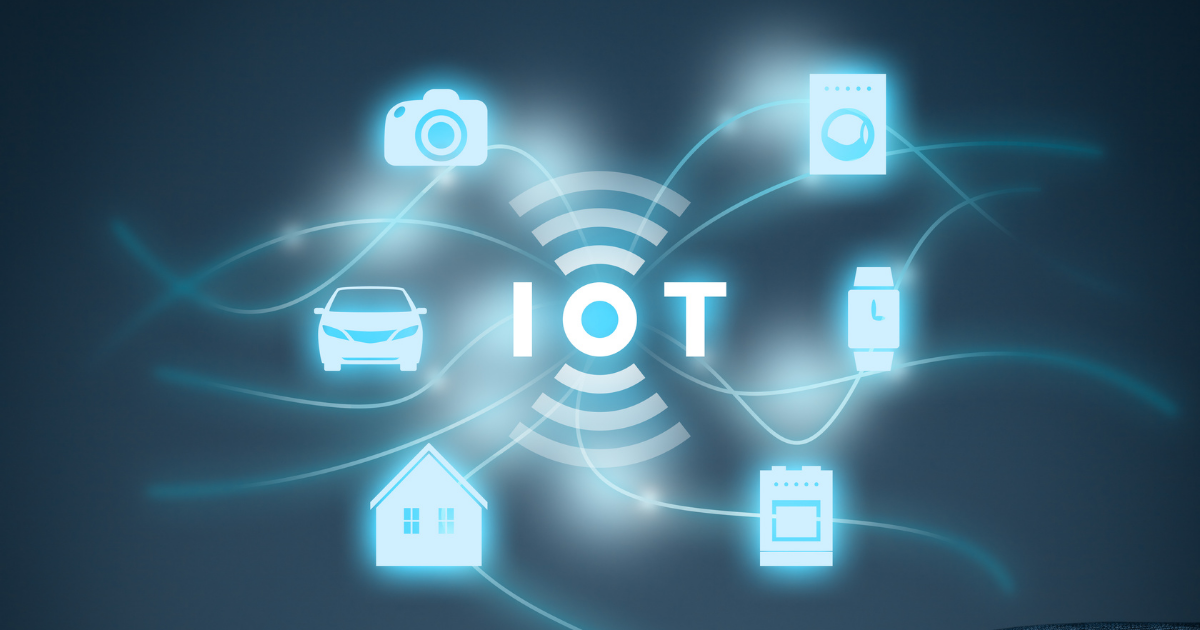
Four Key Component of the IoT Solution Ecosystem
Four Key Component of the IoT Solution Ecosystem
1-Sensors and devices
Sensors or devices is the most significant aspect of IoT technology. In real time, a sensor receives all of the details in its surroundings. Many complexities exist in the environment. These sensors, which detect even the most subtle changes, are what makes IoT security so wonderful. These sensors are built into gadgets that collect all of the information and store it for later use. Our phone, for instance, includes GPS, a camera, and other features. It’s a sensor-equipped gadget.
2-Connection
Data is captured and then uploaded to cloud infrastructure (also known as IoT platforms). However, data transfer between devices will necessitate the use of an intermediary. Wi-Fi, WAN, Bluetooth cellular networks, and other connectivity come into play at this point. These media are all unique and must be carefully selected for the best effects. The speed and accessibility of these settings have a big influence on the efficiency of IoT security.
3-Data Preparation
data reaches the cloud infrastructure. The data is then analyzed so that appropriate action can be taken. The analysis can be as simple as assessing the temperature of the air conditioner or as complex as identifying a burglar using cameras. The IoT application is designed to process all data quickly for immediate action.
4-User Interface (UI)
The final stage is to notify the user of the action via an alert tone or notification sent to the IoT phone applications. The user will be notified that the command has been executed over the devices in this manner.
however, that is not as simple as it appears. Everything is dependent on the IoT platform and how the technology is established. It is critical for Internet of Things (IoT) application development firms to create a system that can be manually changed.
What are the Technical Features of IoT Solutions?
People can use the Internet of Things to live more freely, work more easily and gain complete control over their lives. IoT solutions are essential for businesses as well as providing smart tools to automate homes. IoT solutions provide businesses with a real-time perspective of how their systems operate, providing information on anything from machine performance to order fulfillment and logistical operations.
Companies may use IoT technologies to automate processes and save money on manpower. It also saves waste and enhances service delivery, lowers the cost of goods manufacture and distribution, and ensures consumer interactions are transparent.
As more organizations understand the potential of connected appliance to stay competitive, IoT will keep evolving as one of the most significant innovations of daily life.
You can gather all the data about your manufacturing tools, customers, staff, and even marketing activities in real time using MachBEE’s IoT solutions.

